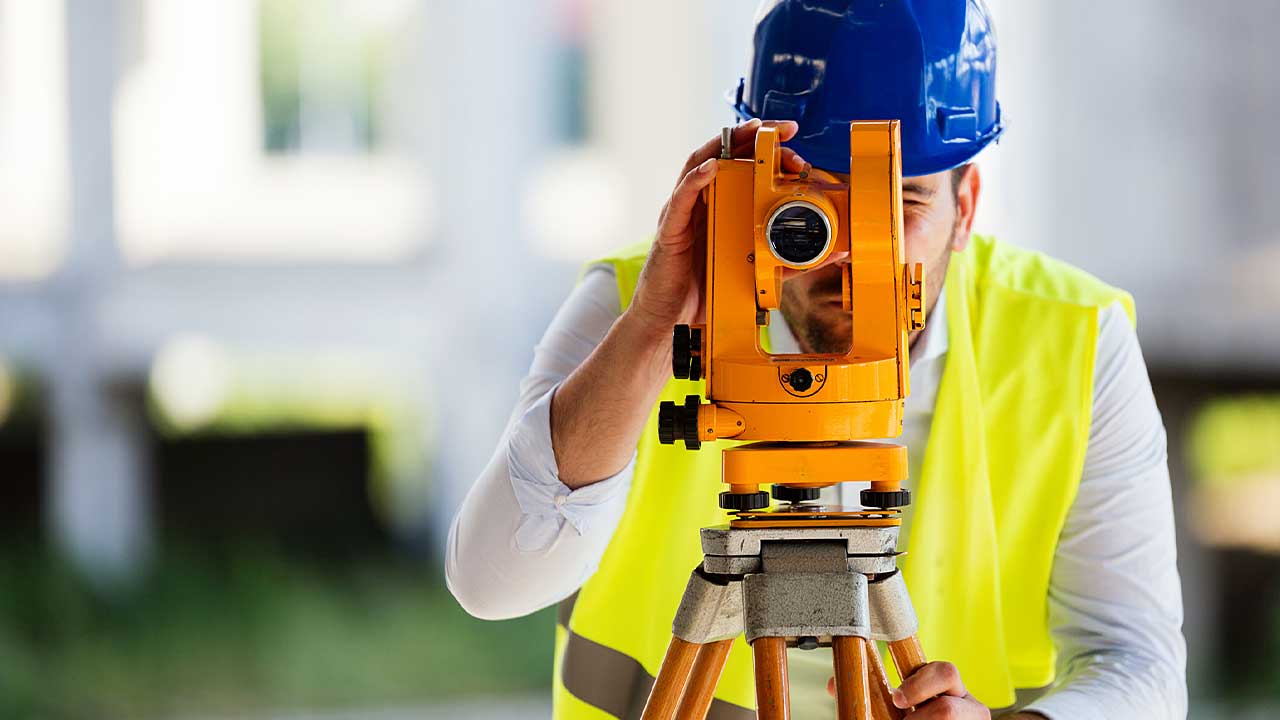Land surveying is a method of cataloging and determining our positions in the world. It has been around since humans first began building large structures. It relies on the accurate reporting of an area’s geometric components and is a vital resource when planning a new addition to the landscape.
While mistakes may not be avoidable entirely, some are costlier than others—especially when an entire project has to be corrected and readjusted. If you want to learn more about process piping design, read on to learn a little more about surveying mistakes that are sometimes encountered.
1. Be Aware of Unleveled Equipment in Process Piping Drafting
Because a land survey relies on mathematical concepts such as trigonometry and geometry, the technology in use today hasn’t changed very drastically from what was used in the past. The addition of GPS and Real-Time Kinematic (RTK) positioning, as well as satellite imaging and remote sensing, has helped improve overall accuracy, but the human error still plays a part in many surveying mistakes. For this reason, unlevelled or uneven positioning can have a significant impact on how data is collected and analyzed.
2. Watch for Miscalculations and Equipment Malfunction
Similarly, the hardware on surveying instruments can be susceptible to inaccurate readings. Prolonged storage, exposure to rapid temperature changes, and movement during transportation can all lead to equipment maladjustment. When this happens, equipment is said to be ‘out of tolerance’, and can involve a range of factors, from collimation—the narrowing of a distant point—the foresight and backsight observations, which affect the overall quality of the information gathered.
Fortunately, by watching out for errors graduates of process piping drafting can help ensure that projects go smoothly.

It’s important to gathered information to be accurate
3. Miscommunication Can Complicate Your Process Piping Project
Human error isn’t solely limited to interactions with equipment. Surveying often involves working with clients and colleagues from across different industries that may not be as familiar with concepts as someone with comprehensive process piping training.
As a professional, it can be helpful to make sure your colleagues and clients understand the information and data you share with them. Think back to the training you learned in your process piping drafting course and use your knowledge to help them fully understand the information presented in order to avoid any miscommunication.
4. Take Account of the Possibility of Random Errors
Some mistakes simply can’t be planned for. Random errors are not directly related to the circumstances of a surveyor’s observation, but are rather the errors which remain after all other possible systematic errors such as malfunctioning or improperly positioned equipment have been examined.
These errors are unpredictable, and cannot be planned for. There are, however, ways to work around them. By staying vigilant and using your problem solving skills, you’ll be able to overcome challenges and unpredictable setbacks you may encounter throughout your career.
Do you want to complete training for a rewarding career in process piping?
Fill out the form to get started!



